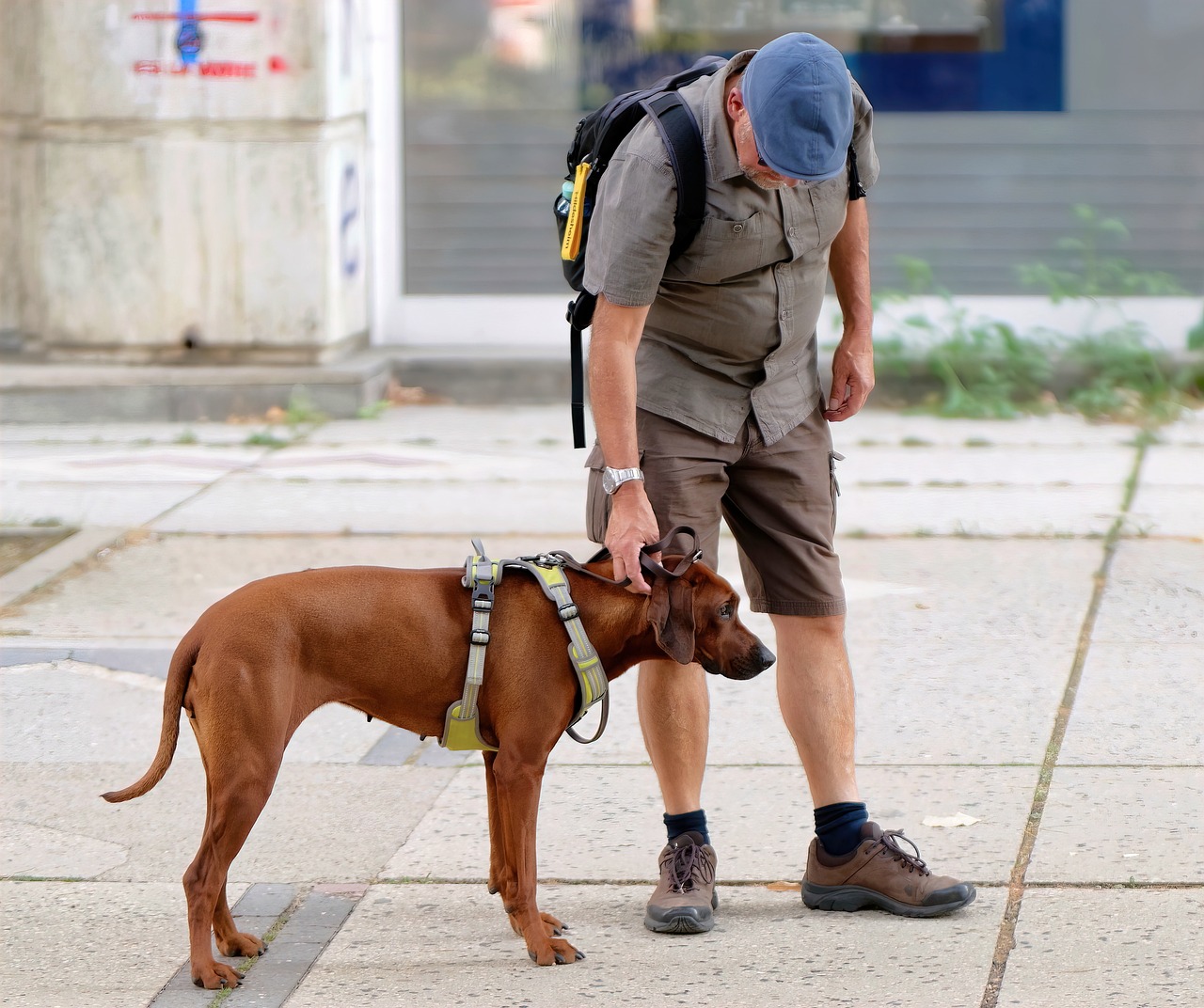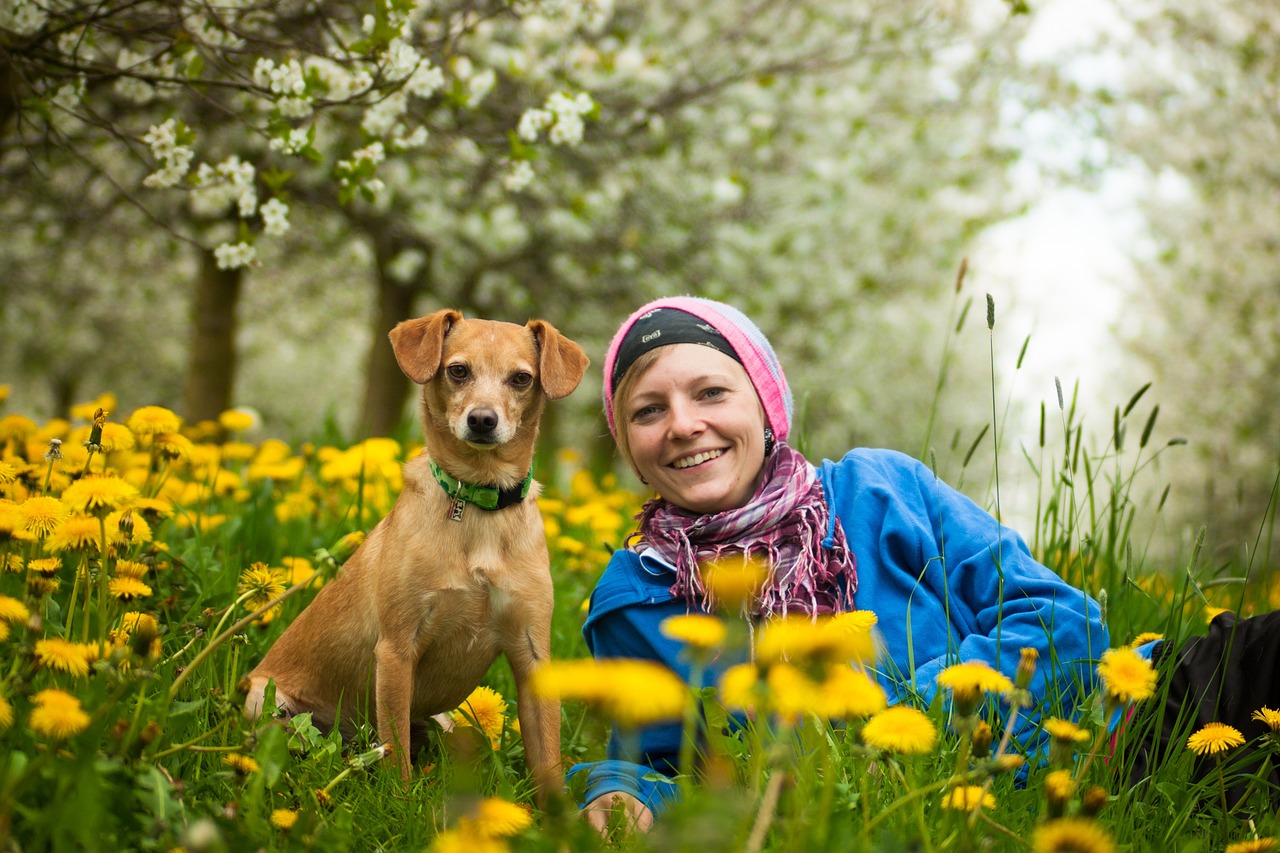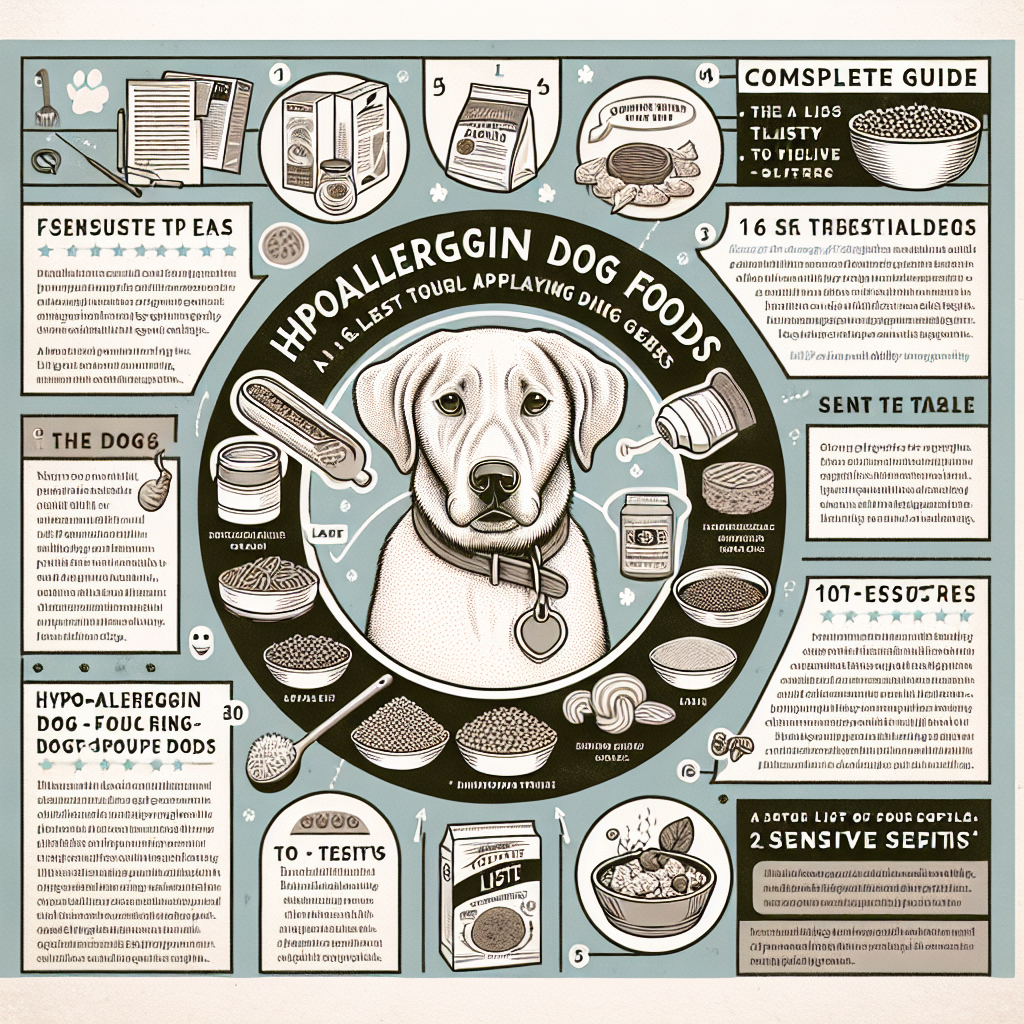
Training your dog can be a rewarding experience for both you and your furry friend. Dogs, regardless of their breed, age, or size, are intelligent animals capable of learning and understanding a variety of commands and behaviors. However, effective dog discipline doesn’t need to involve force or harsh methods. In fact, positive reinforcement techniques are proven to be more effective in the long run, leading to a stronger bond between you and your dog. Here are ten proven strategies to help you train your dog effectively and humanely.
1. Positive Reinforcement
What is Positive Reinforcement?
Positive reinforcement is a training method that uses rewards to encourage desired behavior. This can include treats, praise, or play. The underlying principle is to reward your dog immediately after they perform a desired action, thereby making it more likely they will repeat the behavior.
How to Apply Positive Reinforcement
When your dog performs a desired behavior, immediately reward them. For instance, if you ask your dog to sit and they do, reward them with a treat or verbal praise like "Good dog!". The key is consistency and timing. The reward should be given within seconds of the behavior to ensure your dog associates the reward with their action.
Benefits
- Builds trust and strengthens the bond between you and your dog.
- Encourages your dog to think and problem-solve.
- Reduces the likelihood of fear-based aggression.
2. Clicker Training
What is Clicker Training?
Clicker training is a form of positive reinforcement that involves a small device that makes a clicking sound. This noise is used to mark a desired behavior immediately, signaling to the dog that they have done something correctly and will receive a reward.
Technique
Start by "loading the clicker." Click the device and immediately give your dog a treat. Repeat this several times until your dog associates the click with a reward. Once this association is established, use the clicker to mark specific behaviors, followed by a treat.
Benefits
- Offers precise communication with your dog.
- Useful for training complex behaviors.
- Easy to use for both new and experienced dog owners.
3. Consistency is Key
Importance of Consistency
Inconsistent training can confuse your dog and hinder their learning process. Using the same commands, cues, and rewards every time reinforces the desired behavior and helps your dog understand what is expected of them.
Tips for Consistency
- Use the same command words for the same behaviors (e.g., "sit," "stay," "come").
- Ensure all family members are using the same commands and training methods.
- Maintain a regular training schedule.
Benefits
- Provides clear signals to your dog.
- Promotes quicker learning and retention.
- Reduces stress and confusion.
4. Timing
Why Timing Matters
Timing is crucial in dog training because it helps your dog connect the reward or correction with the specific behavior. Immediate reinforcement helps solidify the association between action and reward.
Best Practices
- Reward immediately after the desired behavior.
- If correction is necessary, ensure it happens right after the undesired behavior—not minutes or hours later.
- Be patient and wait for the precise moment to deliver the reward or correction.
Benefits
- Enhances learning efficiency.
- Ensures clearer communication.
- Prevents reinforcing unintended behaviors.
5. Use of Verbal Cues and Hand Signals
Combining Cues
Dogs are visual learners and can respond well to hand signals combined with verbal commands. This dual approach ensures that your dog understands what is expected regardless of background noise or distance.
How to Implement
- Start with verbal commands alone, then add hand signals.
- Ensure your hand signals are distinct and consistent.
- Gradually phase out treats and rely on hand signals and verbal praise as rewards.
Benefits
- Provides clear, unambiguous instructions.
- Useful for dogs with hearing impairments.
- Improves communication and response time.
6. Set Boundaries and Limits
Why Boundaries Matter
Setting boundaries helps your dog understand what is acceptable and what is not. Clear rules help build a structured environment where your dog feels secure and knows their place in the household.
Methods
- Crate training can provide a safe space for your dog.
- Use baby gates or barriers to restrict access to specific areas of the home.
- Establish off-limit areas, like certain furniture or rooms, and be consistent in enforcing these boundaries.
Benefits
- Provides a structured environment.
- Reduces the likelihood of behavioral issues.
- Enhances your dog’s understanding of household rules.
7. Socialization
Importance of Socialization
Socialization is crucial for your dog’s development and mental well-being. Exposing your dog to a variety of people, animals, environments, and experiences helps them become well-adjusted, confident, and less anxious.
Techniques
- Start socializing your dog at a young age.
- Gradually expose them to different environments, such as parks, pet stores, and friends’ houses.
- Use positive reinforcement to reward calm and friendly behavior during socialization experiences.
Benefits
- Reduces anxiety and fearfulness.
- Promotes better behavior in public settings.
- Builds confidence and reduces the risk of aggression.
8. Mental and Physical Exercise
Importance of Exercise
Exercise is crucial for a dog’s physical health, but it’s also important for their mental well-being. A well-exercised dog is less likely to develop behavior problems related to boredom or excess energy.
Types of Exercise
- Daily walks tailored to your dog’s energy level.
- Interactive toys and puzzles to stimulate mental activity.
- Playtime, including fetch, tug-of-war, and other interactive games.
Benefits
- Minimizes destructive behavior.
- Promotes a healthy weight and cardiovascular health.
- Enhances overall happiness and well-being.
9. Redirect Bad Behavior
What is Redirection?
Redirection involves steering your dog away from unwanted behavior towards a desired activity. Instead of punishing bad behavior, you provide an alternative that is more acceptable and rewarding.
How to Implement
- Identify the unwanted behavior (e.g., chewing furniture).
- Provide an appropriate alternative (e.g., a chew toy).
- When you catch your dog engaging in the bad behavior, calmly redirect them to the alternative and reward them when they comply.
Benefits
- Minimizes frustration and confusion for your dog.
- Offers constructive outlets for natural behaviors.
- Strengthens positive behavioral patterns.
10. Patience and Persistence
The Role of Patience
Training a dog takes time, especially when teaching new behaviors or correcting long-standing bad habits. Being patient ensures that both you and your dog have a positive experience throughout the training process.
Tips for Persistence
- Set realistic goals and celebrate small victories.
- Keep training sessions short and consistent.
- Understand that setbacks are natural and part of the learning process.
Benefits
- Builds a stronger bond with your dog.
- Encourages a positive training environment.
- Achieves long-term success and reliability.
Conclusion
Training your dog effectively without using force is not only possible but highly beneficial for both you and your furry friend. Positive reinforcement, consistency, timing, socialization, and mental and physical exercise all play critical roles in fostering a well-behaved and happy dog. Set boundaries, use verbal cues and hand signals, and practice patience and persistence to guide your dog towards positive behaviors. Remember, the goal is to build a strong, trusting relationship where your dog feels secure and understood. With these ten proven strategies, you’ll be well on your way to training your dog successfully while nurturing a loving, respectful bond.
#ChatGPT assisted in the creation of this article.






